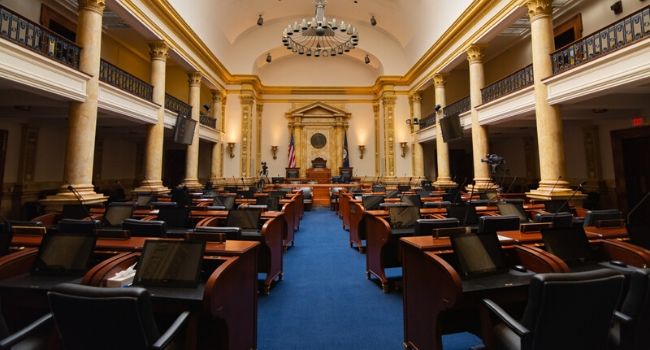
Kentucky Legislature Budgets Nearly $40 Million For School Safety Measures
Although the state budget is slim in funding allocations, the approved one-year budget would give districts millions in funds for facilities upgrades and mental health counselors.
- By Haley Samsel
- April 03, 2020
Despite crafting a tight state budget in advance of lower state tax revenues due to the COVID-19 pandemic, the Kentucky state legislature passed a one-year budget with $38.6 million in funding for school safety measures.
The new school safety legislation, signed into law by Gov. Andy Beshear in February, includes mandates for districts to improve their facilities and hire more school-based mental health professionals, according to WDRB. Education leaders were concerned that districts would be on the hook for millions more each year without much assistance from the legislature.
Now, the General Assembly has adopted a budget with $18.2 million in school bonds for facility upgrades, $13 million for the Kentucky Center for School Safety to fund different parts of the legislation, and $7.4 million for school mental health staff.
State Sen. Max Wise, a Republican who sponsored the senate legislation, told WDRB that he was surprised at how much money ended up being allocated for schools safety for the fiscal year 2021, starting on July 1.
"I had prepared a lot of people who had been asking me about school safety and what the funding was going to look like, and I was very honest," Wise told the local news outlet. "I said not just school safety but a lot of things in this budget will probably not be there or at the levels that we had hoped for, but I think school safety came out a winner."
Other elements of the School Safety and Resiliency Act include the hiring of more school resource officers, who now must carry a firearm under the law. Wise said he was not sure if the legislature would allocate more funding to hire those officers in future budgets, particularly fiscal year 2022. He added that the public should give the law “a year” and see what works well and what needs improvement as far as implementation and funding.
“We need to give it time to be implemented and to show what it's doing and then what we need to change with it,” Wise said.
About the Author
Haley Samsel is an Associate Content Editor for the Infrastructure Solutions Group at 1105 Media.